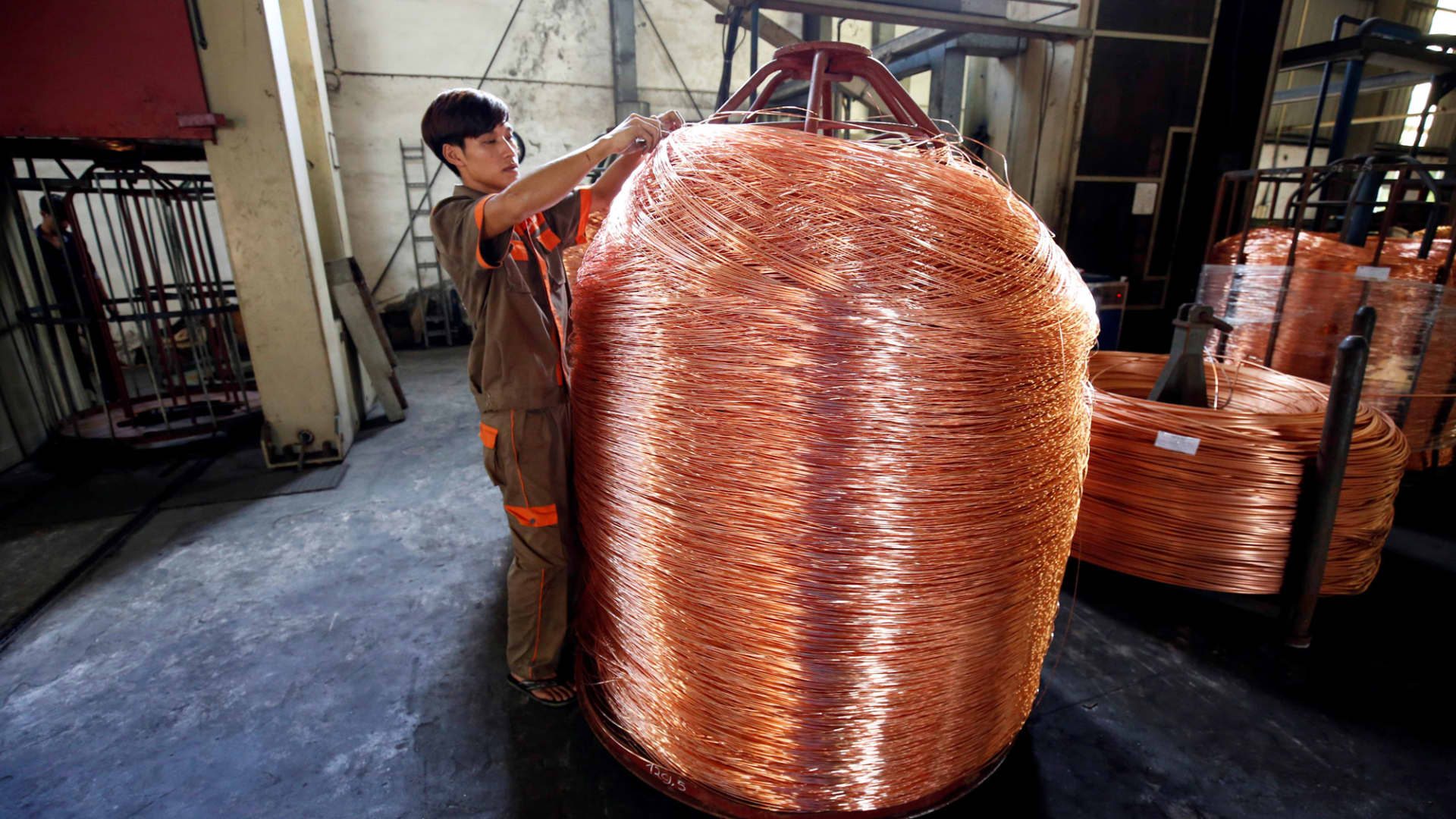Like 19th Century Railroads, EV Charging Can Give Small Towns A Vital Edge Over Cities

In the western United States, there were two big transportation trends that made or broke a rural town.
The first was the railroads. In the case of Mesilla, New Mexico, it was the dominant local settlement, with little Las Cruces even getting passed over by the confederates when they picked a capitol for their short-lived Arizona Territory. But, a few years later, the railroad came through there instead of Mesilla or Doña Ana, and today, Las Cruces is the big city in the area, with little towns next to it that never caught up.
In nearby Lincoln County, this happened in a more embarrassing way. The dominant town of White Oaks thought that the railroads should pay them for the privilege of passing through, because their town was so much better than the little settlements nearby. When the railroad unsurprisingly bypassed them and went through little Carrizozo, their fate was sealed. Today, White Oaks is a ghost town, with only one tourist-oriented saloon operating. Carrizozo never became a thriving metropolis, but the railroad and later two US highways have kept it alive.
A second trend is similar. Drive around the West enough, and you’ll notice that there are abandoned gas stations, restaurants, and hotels along the highway in little clusters every 50-75 miles. It used to be that motorists needed to stop a lot more. Cars were more fuel-hungry, and went slower. More efficient, comfortable, and reliable cars, combined with higher speed limits, have led to the death of many of these small businesses and the tiny towns that relied on them.
What Could Become Today’s Equivalent
When sitting at Carrizozo recently, charging my electric vehicle at a gas station, I realized that this scenario could play out again in strange ways. You see, there are many trips today that I’d need to go through little Carrizozo to complete in a non-Tesla EV.

A screenshot from A Better Routeplanner, showing the route from Las Cruces, NM, to southern Utah. The only way up that way is to go through the little town of Carrizozo.
If you’re near El Paso and you want to go to Albuquerque, Santa Fe, or anywhere else out that direction, you can’t just take your Nissan LEAF Plus, VW ID.4, or F-150 Lightning up I-25 like everyone else does. Why? Because I-25 doesn’t have any rapid charge stations between Las Cruces and Albuquerque.
There are supposed to be some coming soon in Truth or Consequences and Socorro, but there are no signs of progress on the T or C station, and the photos of a charge station in Socorro were from an event put on by Governor Lujan Grisham, and she had a fake Chargepoint station to use as a prop for her speech and for the news cameras. A shovel of dirt hasn’t been turned there last time I checked.
This situation will probably change in the next year or two, but it shows how not taking care of a transportation need on a preferred route and taking care of it somewhere else can lead to people changing which route they take.
Other Examples
I decided to look around on Plugshare to see how many other places were giving EV drivers a better chance at making it than the main roads. One example I found was in South Dakota, where there’s a big stretch of “coming soon” stations on I-90, but one lone station on a backroad in Pierre.
Tesla drivers will recognize this next one. Instead of placing a Supercharger along steep I-17 heading from Phoenix to Flagstaff, they instead located one near Sedona. This likely attracts Tesla drivers to go through Sedona instead of sticking to the interstate, especially if they’re pulling a trailer or going up that road from Phoenix.
I’m sure with some more looking, there’d be a number of these situations around the United States and in other countries. All you need is a neglected section of main road with EVs getting more love on the back roads.
What Small Towns & Rural Businesses Can Learn From This
There are two ways things can go for small towns that make sure to get at least one rapid charger and some slower chargers put in. If the more popular routes don’t get infrastructure set up, people will come to you to get what they need. If the main routes do get infrastructure, you’re at least going to survive the EV transition.
But, one thing is for sure: if a small town decides that EVs aren’t for them and thus aren’t for nobody, customers and passers-by will be lost to somewhere else, especially as more drivers go electric. Small businesses, especially in rural areas, that don’t at least install a Level 2 charging station will find that their competitors who do it will end up with the business.
We can also infer from this that small towns can use EV infrastructure to lure people away from the interstate if they get creative. For example, a tourist town with some kind of attraction to visit and with EV charging would have no problem whatsoever luring drivers away from the interstate and getting them to come spend time and money, especially if the attraction is well-known.
But not every small town is blessed with a nearby national treasure for people to come see. To overcome that, small towns can create a better charging situation than exists on the interstate. If the big road has an EV charging station at a Walmart, the small town can attract people by creating something more compelling next to the rapid charger, or locating the charger next to something that’s already cooler than a Walmart.
Ideas I could come up with include:
- A drive-in theater with chargers
- a food truck park
- a playground and/or dog park
- picnic area
- scenic spot
- arcade
- walking trail
- e-bike rentals
- solar shades over the station
- water bottle filling stations
- A swimming pool or a hot tub
- A restaurant that delivers food to your car while it charges
- A quiet spot with a regular police/security presence so people can nap while charging
On top of making your stations more attractive, it also makes sense to create “fun charging corridors” with other towns regionally along back roads. This would help bring even more cars away from the interstate and into small towns that need business.
As Henry J. Kaiser said, “problems are only opportunities in work clothes.” The changes the automotive world is going through gives everybody an opportunity to start fresh and get people out of their routines.
Featured Image: A screenshot from Plugshare.com showing a stretch of road where a smaller city off the interstate has the big highway beat.
Appreciate CleanTechnica’s originality and cleantech news coverage? Consider becoming a CleanTechnica Member, Supporter, Technician, or Ambassador — or a patron on Patreon.
Don’t want to miss a cleantech story? Sign up for daily news updates from CleanTechnica on email. Or follow us on Google News!
Have a tip for CleanTechnica, want to advertise, or want to suggest a guest for our CleanTech Talk podcast? Contact us here.
Advertisement
This post has been syndicated from a third-party source. View the original article here.






